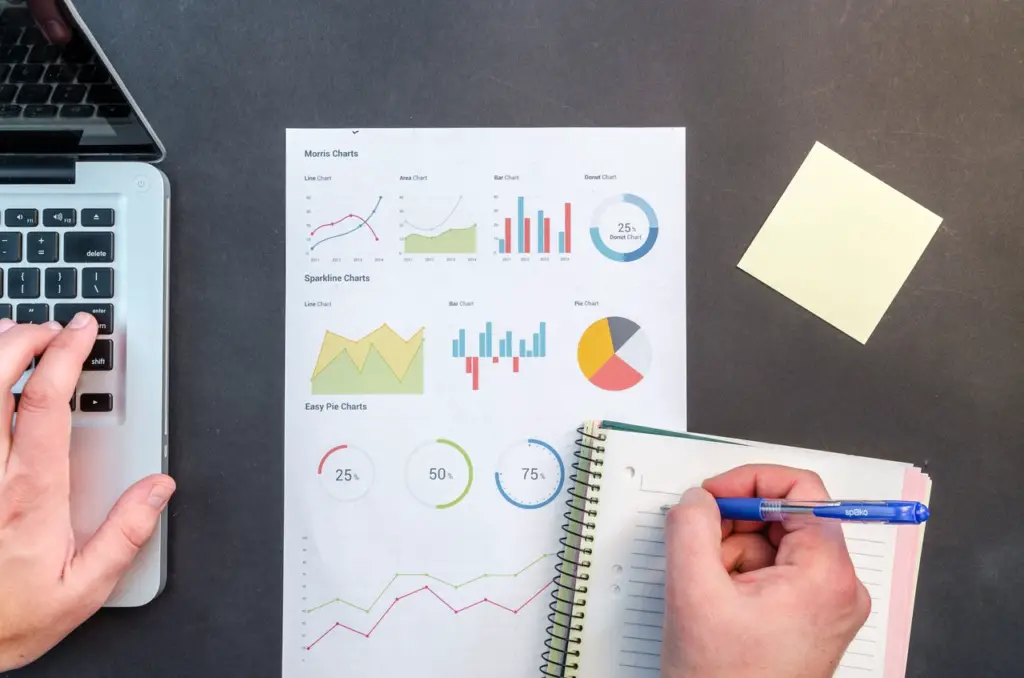
New market entrants, steamrolling, and property theft; these three things often come to mind when people think of business threats. However, threats don’t necessarily come from external players.
Lack of foresight among decision-makers is one of the key reasons why businesses fail. Despite easy access to business intelligence, it appears that access to the right information is not enough to anticipate evolving business demands.
Let’s take a look at three business threats and several cautionary examples.
Consumer Fads
If there’s anything that Forever 21’s bankruptcy filing has taught us, it’s that consumer tastes are incredibly volatile. Among other reasons for its demise, the retailer aggressively pushed store openings and product launches while ignoring its e-commerce channel.
In the meantime, consumers gravitated toward sustainability and zero-waste trends instead of fast fashion. Millennial shoppers, the company’s biggest demographics, also preferred to buy online rather than in-store.
Digital Disruption
In a Forbes survey, over a third of executives admitted that digital disruption is currently their highest risk. Most of them claim that they’re already feeling its impact.
Digital disruption happens when new digital-savvy competitors upend the industry’s business model. A good example is the arrival of ride-sharing apps like Uber, Grab, and Lyft. The three companies have gained a sizable share of airport carpark revenues in North America, according to The Economist.
Cyberthreats
Malicious threats include information-stealing malware, ransomware, worms, botnets, and phishing emails. These can wreak havoc on company operations, and some downtimes can last for days. One only needs to look at the NotPetya outbreak to understand the billion-dollar impact of halted operations.
Cyberthreats have grown so much in volume and sophistication over the past few years that most businesses can’t keep up. In a survey, 7 out of 10 businesses admitted they are not prepared for a cyber attack.
How Brand Monitoring Helps
Brand monitoring allows businesses to stay on top of trends and external and internal threats. It sets itself apart from other business analytics methods in that it lets users hone in on business areas that need the most attention.
The process often involves social media listening though it’s much more holistic than that. It also entails monitoring a brand’s domain data to learn more about one’s customers and market trends.
In the cases we explored in the previous section, brand monitoring could have played an important role:
- In Forever 21’s case, instead of opening new stores, the retailer could have used its resources to develop a more comprehensive website strategy. It could have investigated new website registrations as well as study referral sources, consumer likes, and interests, along with visitors’ regional locations.
- To combat digital disruptors, airports and traditional transportation companies can use a brand monitoring tool to track frequently mentioned names in the industry. Doing so would allow catching up with nascent trends or companies that have the potential to reshape the sector.
- Companies that are prone to cyber-attacks can use brand monitoring tools to find associations between domains, websites, and accounts that could be piggybacking on their names. They can stop infringers from carrying out ill motives. They can also proactively flag risky domains, email addresses, and websites from taking advantage of their brands to target their customers.
—
Ups and downs are standard in every business’s life cycle. However, the best solution is often the simplest. The key to business survival, so it appears, has a lot to do with common sense, not being the fastest to jump on trends but adapting to them while protecting their own and their customers’ interests.










